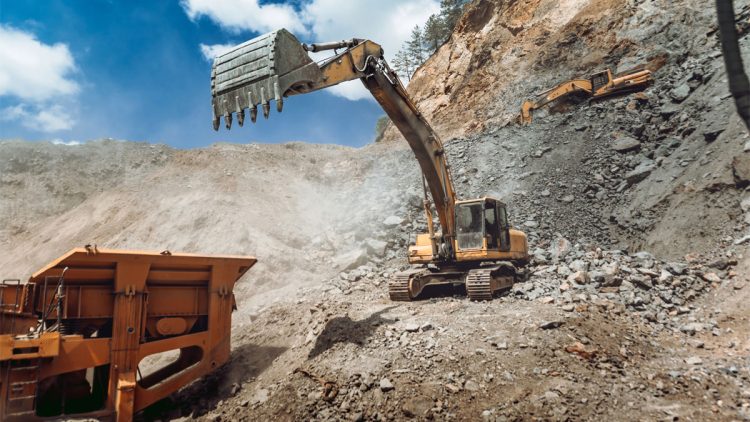What Are Aggregates?
Aggregates are usually ignored when talking about the construction industry presently. They are not attractive. They are not alluring. After all, they are just rocks.
Having said that, aggregates are – exactly – the building blocks of our civilization. Aggregate production dates to Roman times, and it has been vital to the development of our planet ever since.
Basically, they are the most simplistic materials used in construction. They provide the groundwork for roads, buildings, and bridges, while also making up over ninety percent of asphalt pavement and up to eighty percent of a concrete mix. On average, thirty-eight thousand tons of aggregates are required to construct one lane mile of interstate roadway. Construction of the average home necessitates four hundred tons of aggregate, whereas the average sized school or hospital necessitates fifteen thousand tons.
Each state and roughly 3/4 of the US’s counties are home to an aggregate business, producing nearly two-point-four billion tons of material each year, valued at over twenty-five billion dollars.
That’s a significant impact just for some rocks.
What Are Aggregates?
Aggregates are crude materials that are originated from natural resources and collected from quarries and pits, comprising of crushed stone, gravel, and sand. When applied with a bonding medium, such as water, asphalt, and cement, they are used for forming compound materials, like Portland cement concrete and concrete asphalt.
In 2018, as reported by the U.S. Geological Survey Mineral Commodity Summary, seventy-five percent of the one-point-four billion tons of aggregates produced was utilized for construction. At the same time, of the almost one billion tons of gravel and sand produced, twenty-four percent was utilized in road construction, twelve percent in asphalt, and forty-four percent in concrete.
Why Are They Important?
Not only are aggregates the cornerstones of our civilization, but they are also common in our daily lives. The average American requires around ten thousand tons of aggregate each year. We wouldn’t have pennies without zinc or plastic and glass without sand. Quartz provides silica for computer components; limestone provides us with calcium carbonate for antacids. They are also used in water filtration and purification processes, in addition to air purification and filtration.
What Makes An Aggregate Good?
Aggregates are required to have conventional, invariable, and consistent materials qualities. They need to be dry and clean prior to them being used. They are only as good as their refinement. Aggregates are mined, shattered, washed, and divided. The successful result of each step, the refinement of a good aggregate, is subject to the fruition of the former step. That fruition is subject to the hardworking workers in the aggregates industry, The workers that usually go overlooked and undervalued in the construction industries.
Aggregates aren’t going anywhere. Present day machines are high performance, minimum maintenance, and energy saving machines. They allow the workers in that industry to work quickly and safely at the same time producing high quality materials.
Landscaping Materials Scottsdale, Arizona
A & A Materials, Inc., located in Scottsdale, Arizona, offers aggregates, river rock, rip rap rock, mulch and wood chips for your landscaping or gardening needs. Contact us or call us at 480-990-0557 for more information.

